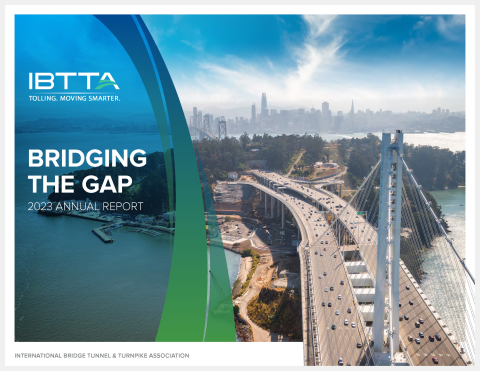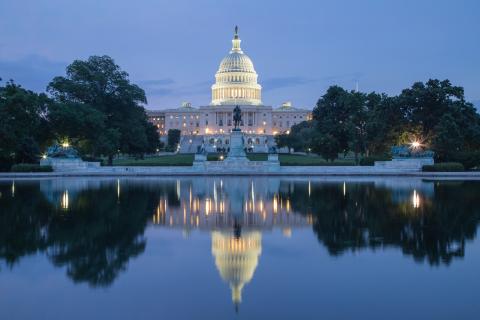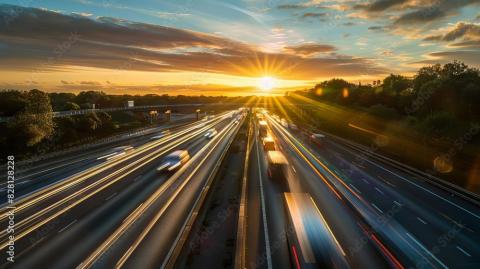- Home
- IBTTA Insights
- Highway Systems Plan for Congestion Headaches During August 21 Solar Eclipse
Stories
Highway Systems Plan for Congestion Headaches During August 21 Solar Eclipse


What do you do when you expect a rare astronomical phenomenon to bring an estimated 1.9 to 7.4 million drivers and passengers into a narrow band of the country over a period of just a few hours, turning a regular weekday into a tangle of highway congestion?
That’s the question many of our members and other U.S. transportation planners are trying to answer and address as they prepare for Monday, August 21, the date of the first coast-to-coast solar eclipse since 1918. All the best viewing will be concentrated along a 60 to 70-mile “totality” that stretches from South Carolina to Oregon.
While there will be some effects on solar radiation across most of the country, “if you really want to see the eclipse, you’ve got to get on the path,” said Charles Fulco of the American Astronomical Society’s eclipse task force. And while amateur and professional eclipse sleuths have been searching out the best viewing spots for years, wider public awareness of a can’t-miss event is about to cause headaches along the country’s roadways.
‘Imagine 20 Woodstock Festivals’
“No one knows exactly how many people will decide to hop in the car at the last minute and drive down the Interstate to the path of totality. But for much of the country, a prime observing spot is no more than a day’s drive away,” FiveThirtyEight notes. “That’s creating huge logistical challenges for towns along that several-thousand-mile route. Hundreds of small municipalities will be in the crosshairs of what could be an enormous one-day population boom, creating significant challenges for traffic management, sanitation, and emergency services.”
About 75 million people live within a one-day drive of the totality, according to GIS specialist Michael Zeiler. And a bunch of factors—an excellent highway system, an eclipse taking place during the August vacation period before most kids are back at school, and prompting by social media and media coverage -- will motivate people to view “nature’s grandest sight” by “packing a tent and sleeping bags and taking a short road trip from home,” he writes.
“Imagine 20 Woodstock festivals occurring simultaneously across the nation. Large numbers of visitors will overwhelm lodging and other resources in the path of totality. There is a real danger during the two minutes of totality that traffic still on the road will pull over at unsafe locations with distracted drivers behind them.”
Zeiler still does his part to amp up interest in the eclipse, promising readers that they’ll be “stunned at the apparition of the Sun's corona, the majestic light show in the sky, and the full sensory experience of totality. You will remember this sight for the rest your life and will never regret the effort to see the totality.”
Sound Advice for Safe Travel
But he follows up with sound, practical advice that sounds an awful lot like an IBTTA long weekend travel advisory.
“Arrive to your viewing location at least one (and preferably two) days in advance of August 21,” he recommends. Avoid areas of peak congestion (Zeiler offers a convenient app), plan to camp or travel by RV if you haven’t lined up lodging, get a satellite phone to work around overloaded cell networks, get eclipse glasses before they run out, and “be as self-sufficient as possible. Keep your gas tank topped. Bring water, food, and toilet paper. Don't forget sunscreen and hats.”
The FiveThirtyEight post is a fascinating dive into the logistics of what amounts to a super-sized public event—from traffic congestion, to temporary food vendors, to Portable Sanitation Association International’s estimates of the facilities required for a crowd of 5,000, 25,000, or 50,000 people over a one- or five-hour period. (Yes, there really is such an association that really has put some numbers to a potentially pressing issue.)
“We’ll know if all the planning pays off,” FiveThirtyEight wrote in its late July preview. “More visitors than anyone ever expected could show up at communities across the path. Bad weather may make crowds evaporate. Towns are trying to plan for unknowable numbers of people—and to pull it off without a dress rehearsal. It’s stressful.”
What are is your toll agency doing for this big event? Share your plans that could help others.
Don’t let your local infrastructure and tolling requirements be eclipsed by breaking news!
Get the latest on reliable mobility at IBTTA’s 85th Annual Meeting and Exhibition, September 10-12, 2017 in Atlanta, Georgia.
Photo by Wolfgang Strickling

Joining IBTTA connects you to a global community of transportation professionals, offering unmatched opportunities for networking, knowledge-sharing, and collaborative innovation in the tolling and transportation sector.
Follow IBTTA on social media for real-time updates on transportation trends and collaborative opportunities.





